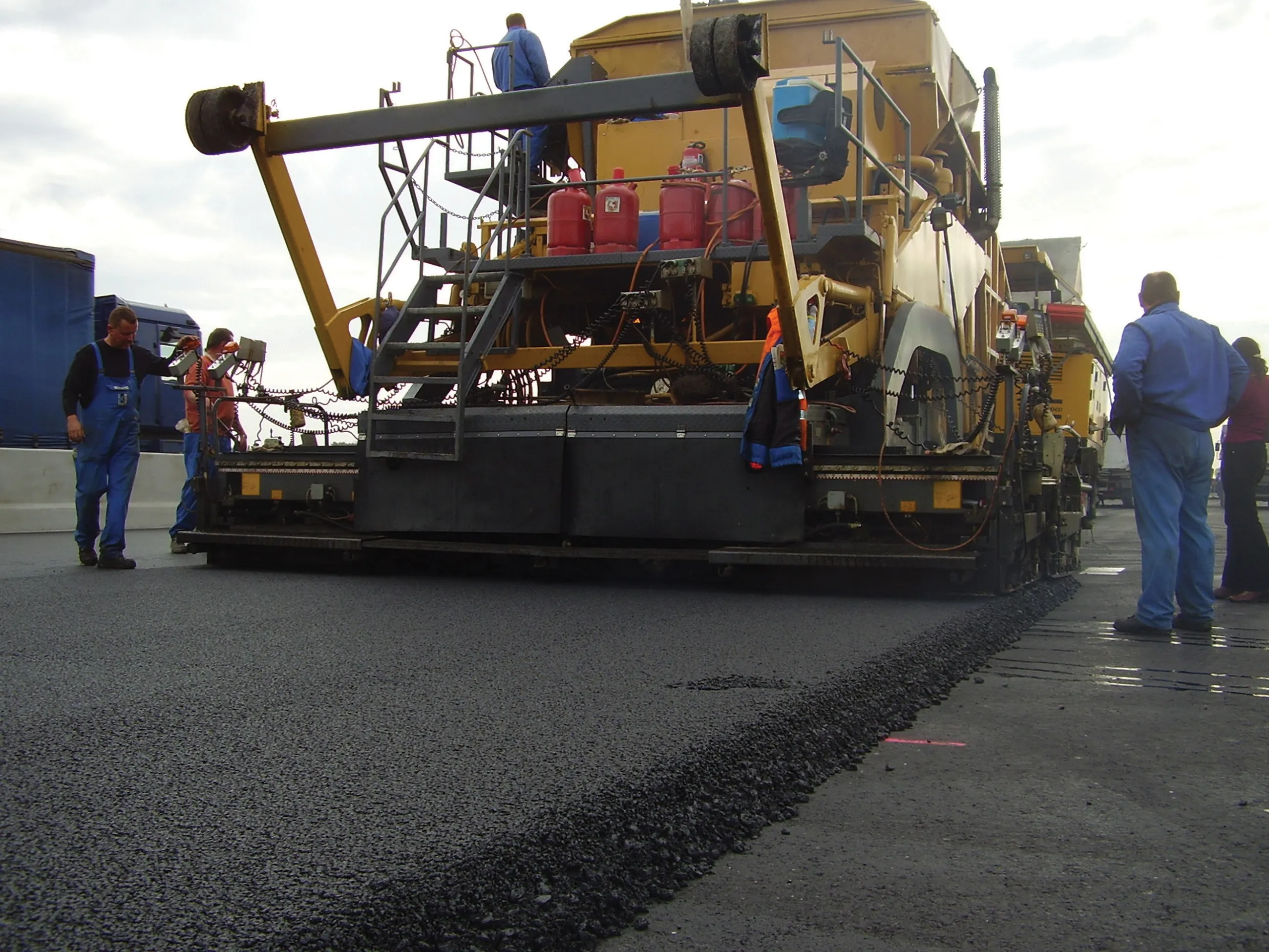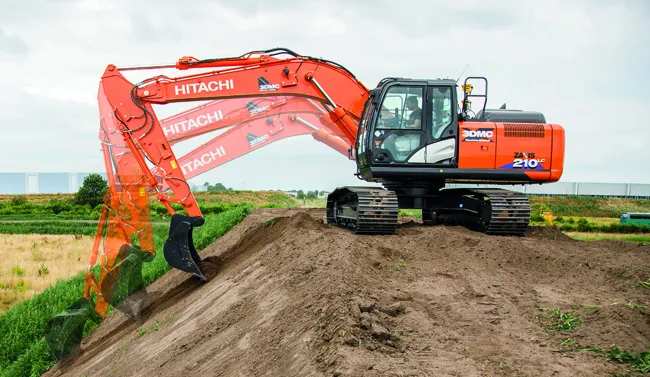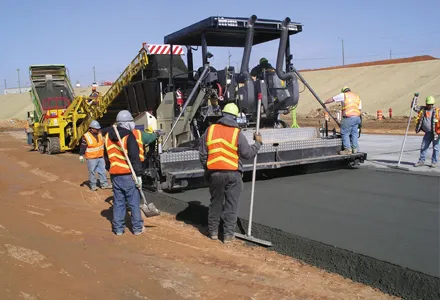The latest ACO StormBrixx SD (Standard Duty) range is a general-purpose extension to the high-capacity patented plastic geocellular system, comprising of a 914mm high injection-moulded stackable crate design.
The StormBrixx HD (Heavy Duty) offers an option for integrated man access units. StormBrixx SD has a depth to invert of 4.5m and is available with integrated access plates to allow maintenance. The range can be used for private sector integrated drainage systems such as car parks. The SD system offers a high void ratio of 97%, which can limit the volume of excavation and helping to reduce installation time and cost.
The SD range incorporates benefits of the HD StormBrixx attenuation system. Up to 347m3 can be loaded onto a single HGV, reducing the number of vehicles required. Manufactured from recyclable polypropylene, the brick bonded and cross bonding structure ensures it is a durable system.
New drainage system to cut road flooding
ACO is expanding its StormBrixx stormwater attenuation and infiltration range, broadening the scope of installation applications. The units are designed to assist with surface water infiltration and storage. Highly versatile, the StormBrixx system can be used in a wide array of environments as a standalone solution, or as part of an integrated sustainable urban drainage (SuDS) scheme.
The latest ACO StormBrixx SD (Standard Duty) range is a general-purpose extension to the high-capacity patented plastic ge
July 12, 2018
Read time: 2 mins
ACO is expanding its StormBrixx stormwater attenuation and infiltration range, broadening the scope of installation applications. The units are designed to assist with surface water infiltration and storage. Highly versatile, the StormBrixx system can be used in a wide array of environments as a standalone solution, or as part of an integrated sustainable urban drainage (SuDS) scheme.









